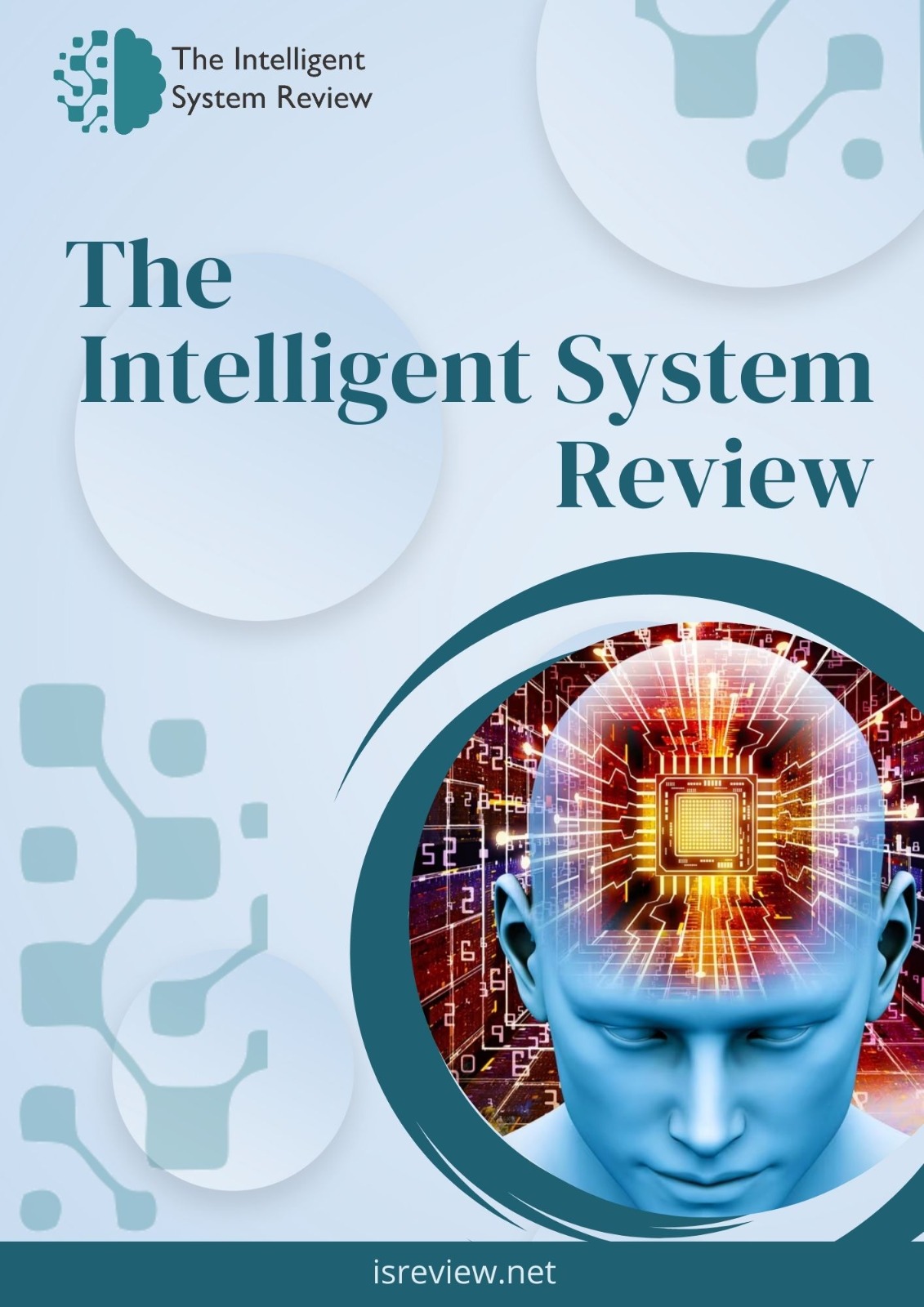EVALUATING MODELS FOR ESTIMATING REFERENCE EVAPOTRANSPIRATION ACROSS PAKISTAN’S CLIMATIC ZONES
Keywords:
Reference Evapotranspiration, NASA-POWER data, Penman-Monteith FAO56Abstract
Evapotranspiration is critical in agriculture, irrigation, water resource management, and environmental studies. Accurate estimation of reference evapotranspiration (ET₀) improves water use efficiency and productivity. While in-field measurement methods exist, they are costly, time-consuming, and require complex instrumentation and skilled personnel. As a result, empirical, semi-empirical, and physical models are commonly used. In countries like Pakistan, limited ground-based weather stations and data availability restrict the use of the Penman-Monteith FAO56 (PM-FAO56) equation. Therefore, alternative models need to be evaluated using accessible data sources such as NASA-POWER, which offers global meteorological data.
This study compares various ET₀ estimation models against PM-FAO56 using NASA-POWER data across different climatic zones in Pakistan. Three stations from each of four climatic zones were selected. One combination-based, five temperature-based, five radiation-based, and five mass-transfer-based models were assessed. Model performance was evaluated using RMSE, MAE, NSE, Pearson’s r, index of agreement (d), and percentage error (PE). The Valiantzas (combination-based) model showed consistently high accuracy across all stations. Most temperature-based models (except Blaney-Criddle) performed well, followed by radiation-based and mass-transfer models




